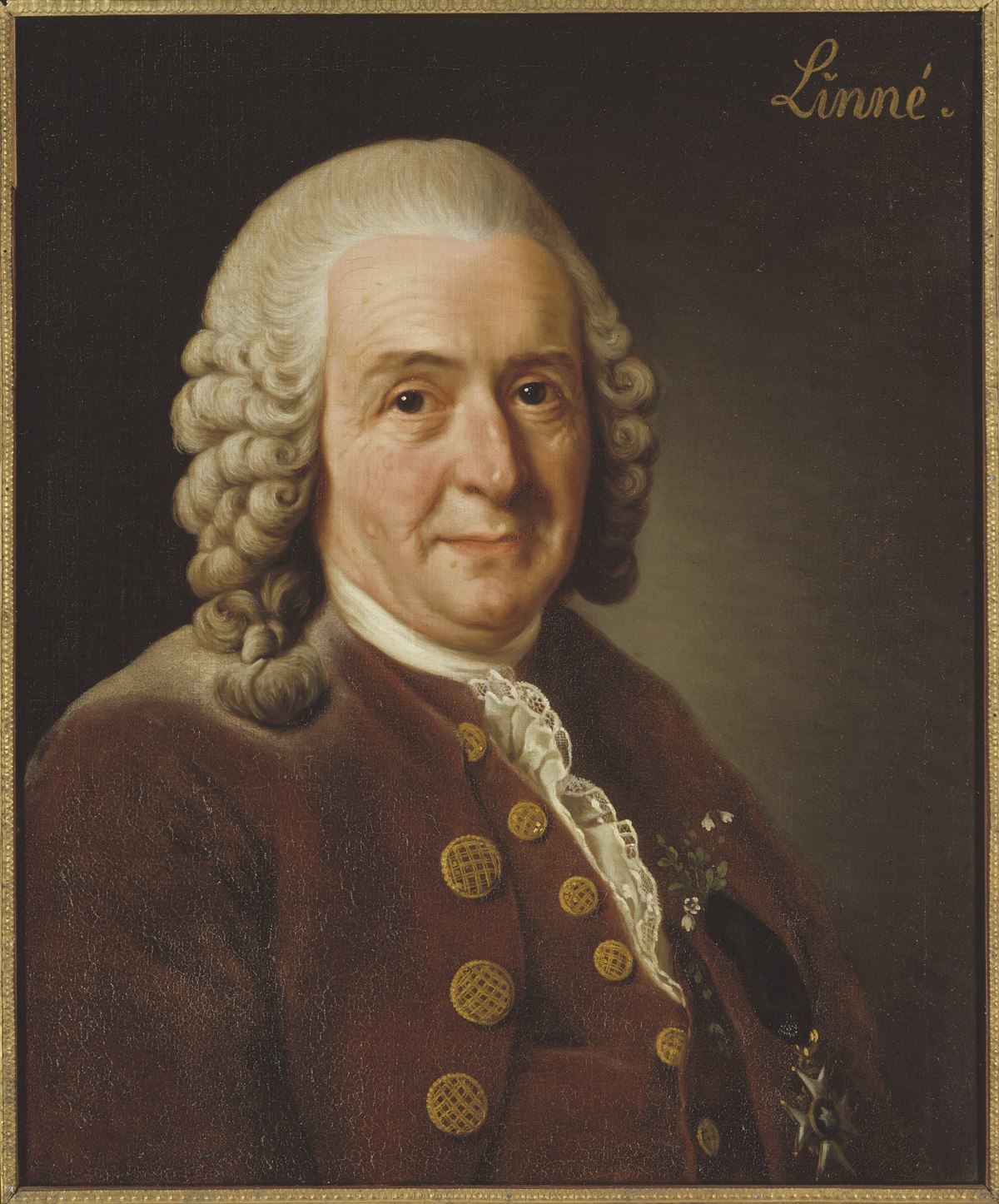Carl Linnaeus: The Father of Modern Taxonomy
Carl Linnaeus (1707-1778), also known as Carolus Linnaeus, is a towering figure in the history of biology, celebrated as the father of modern taxonomy. Born on May 23, 1707, in Råshult, Sweden, Linnaeus’s fascination with nature and plants began at an early age, encouraged by his father, a Lutheran minister and amateur botanist. This early exposure laid the foundation for his lifelong passion for the natural world.
Linnaeus attended Uppsala University, where he initially studied medicine. However, his interest in botany soon took precedence, leading him to undertake extensive research and field studies. During his time at Uppsala, Linnaeus embarked on a groundbreaking expedition to Lapland in 1732, where he documented numerous plant species and collected valuable data on local flora and fauna. This journey significantly influenced his later work and helped establish his reputation as a botanist.
In 1735, Linnaeus published Systema Naturae, a landmark work that introduced his system of binomial nomenclature. This method of naming organisms using two Latin names—a genus and a species—revolutionized biological classification. It provided a standardized framework for naming and categorizing living organisms, which remains the basis for modern taxonomy. For instance, the human species was named Homo sapiens under Linnaeus’s system.
Linnaeus’s contributions extended beyond taxonomy. He developed a classification system that organized plants and animals into hierarchical categories based on shared characteristics. His method grouped organisms into kingdoms, classes, orders, genera, and species, facilitating a more systematic understanding of biodiversity. This framework allowed scientists to communicate more effectively about species and their relationships, paving the way for advances in evolutionary biology and ecology.
Throughout his career, Linnaeus continued to refine his classification system and expand his knowledge of the natural world. His later works, such as Species Plantarum (1753), cataloged thousands of plant species and provided detailed descriptions and illustrations. His keen observational skills and meticulous documentation contributed significantly to the field of botany, earning him international recognition.
Linnaeus’s influence extended beyond his publications. He trained a generation of naturalists and botanists, known as “apostles,” who traveled the world, collecting specimens and data that enriched scientific understanding. These disciples played a crucial role in disseminating Linnaeus’s methods and expanding the scope of botanical research globally.
Curiously, Linnaeus had a somewhat eccentric side. He was known for his colorful attire, often wearing traditional Swedish clothing during his lectures. He also displayed a profound attachment to his garden, where he conducted many of his botanical experiments. Linnaeus’s enthusiasm for nature was contagious, inspiring his students and contemporaries alike.
Carl Linnaeus passed away on January 10, 1778, in Uppsala, leaving a legacy that continues to shape modern biological sciences. His systematic approach to naming and classifying organisms provided a foundation for the study of biodiversity and the development of evolutionary theory. Today, Linnaeus’s contributions are celebrated worldwide, and his name is synonymous with the pursuit of scientific knowledge and the organization of the natural world.
#CarlLinnaeus #Taxonomy #Botany #NaturalHistory #Biodiversity #ScientificDiscovery #HomoSapiens #SystemaNaturae #Evolution #Ecology
